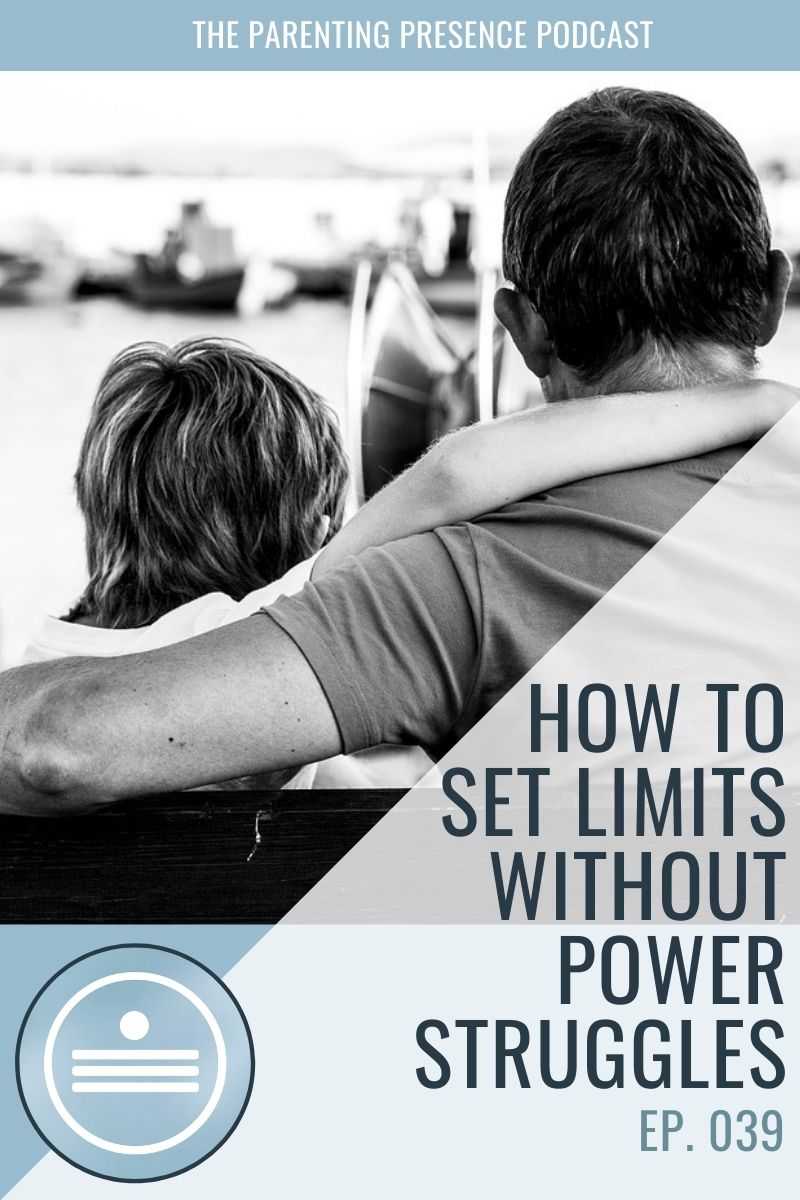
We often think that it is the limits that children resist. This isn’t so. It is the power and control we exert over them that lead to power struggles.
Getting kids to listen and follow our directions is the most common challenge parents face. Ideally, we think about setting limits with children before we run into conflicts. It is so much easier to be proactive. But even if we are finding ourselves stuck, there is a way out. The secret is in the relationship and the approach we take to setting limits, if we understand the nature of power struggles.
Your child has will power, just as do you.
When we over-control children, we end up with power struggles. In order to have limits without the power struggles, we need to empower our children and give them the sense of control. That is accomplished through a diplomatic approach.
We must see the child as a separate individual with their own drive and wants.
The conversation on setting limits with children cannot happen out of the context of our relationship with them. Even though the lack of discipline and the struggles we face with limit-setting at home may feel like the most urgent point to address, unless we can do the following few things, we will have a very difficult time setting limits:
- understand our children
- see their needs
- know how to listen to them
- accept and validate their feelings
- understand our own needs
If you need to revisit the episodes where we talked about these things, check the links in the resources section at the bottom of this post. So lets explore how the diplomatic approach reduces power struggles.
The Diplomatic Approach To Limits & Expectations with Children
A diplomatic approach to setting limits with children takes a bit of practice and consideration, but pays off in major ways long-term. And it has an additional benefit! It builds the child’s self-esteem even through the process of setting limits.
Why?
Because children can feel when they are treated with respect. They begin to understand that most limits (if they are reasonable and appropriate) come out of concern for the child and the child’s well-being. Even young children can understand the need for order in things and the need for peace among the members of the community (such as the family).
1. Limits are a natural part of life
2. Need for information
3. Quality over quantity
4. Shared control
5. Positive Language
Setting limits with children in a diplomatic way requires time. It’s an investment. The good news is that, besides the fact that genuine interactions and conversations build our relationship with children, they also build their sense of self and internal order. What children see modeled to them with consistency, gets integrated into their inner way of processing the world.
The more structure and balance, the more grounded and composed our children feel. The more chaotic and unpredictable the expectations, the less in-control and empowered they feel to be the masters of their world.
In order to feel empowered, the child has to experience limits without unresolved conflict. When we feel tension between us and the child, let’s remember to engage diplomatically around the limit we are trying to set. First, double-check these three key prerequisites. Then, make sure that the five diplomatic principles are followed, and try again.
Additional Episodes to revisit that help build foundation for limit setting:
036: Managing Expectations With Children
030: Meeting the Child’s Needs vs. Bending to Their Wishes
026: The Right Balance of Freedoms and Limits
025: Dynamics of Respect Between Parents & Children
020: How to Affirm and Validate Your Child
